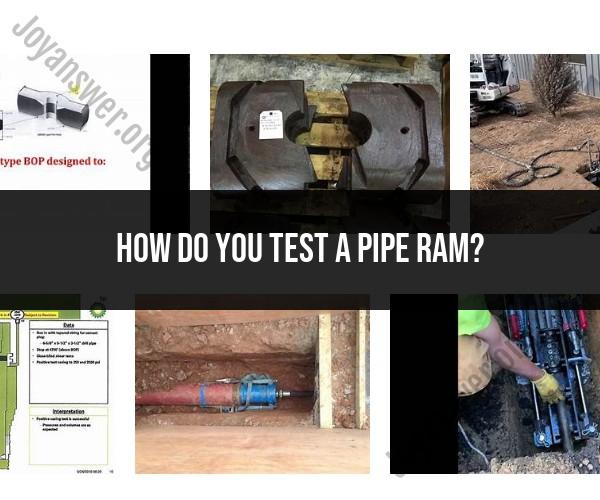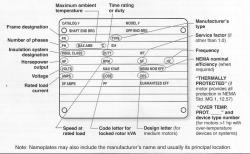How do you test a pipe ram?
Testing a pipe ram, which is typically used in hydraulic fracturing (fracking) operations in the oil and gas industry, involves assessing its performance, safety, and functionality. Here's a general overview of how to test a pipe ram:
Safety Precautions:
- Before conducting any tests, ensure that all safety protocols are followed. Use appropriate personal protective equipment (PPE) and make sure the testing area is secure.
Visual Inspection:
- Begin by visually inspecting the pipe ram to ensure there are no visible defects or damage. Check for wear and tear, corrosion, or any irregularities that may affect its performance.
Operational Checks:
- Test the pipe ram's operational functions. This includes verifying that it opens and closes smoothly and that all hydraulic or pneumatic components are working correctly.
Pressure Testing:
- Perform a pressure test to ensure that the pipe ram can withstand the pressure it will encounter during fracking operations. Use the recommended testing pressure as specified by the manufacturer or industry standards. This often involves hydraulic pressure testing.
Leak Testing:
- Conduct a leak test to ensure that there are no hydraulic or pneumatic leaks in the pipe ram system. Leaks can lead to reduced performance and potential safety hazards.
Functional Testing:
- Test the pipe ram's ability to grip and seal the pipe. This is a critical function of the ram preventer. Ensure that it can effectively close around the pipe and create a secure seal.
Emergency Shutdown Testing:
- Test the emergency shutdown systems to ensure that they work as intended. These systems are crucial for quickly stopping operations in case of emergencies.
Documentation:
- Keep detailed records of the testing process, including the date, test results, any issues identified, and any corrective actions taken.
Calibration:
- Periodically calibrate the pressure and control systems of the pipe ram to ensure accuracy in its operation.
Regular Maintenance:
- Establish a routine maintenance schedule for the pipe ram and conduct inspections and tests at regular intervals. Follow the manufacturer's recommendations for maintenance and service.
Training:
- Ensure that personnel involved in operating, testing, and maintaining the pipe ram are adequately trained in its use and safety procedures.
Compliance:
- Make sure that all testing and maintenance activities comply with industry regulations and safety standards.
It's important to note that the specific testing procedures may vary depending on the type and model of the pipe ram, as well as industry-specific regulations and standards. Always refer to the manufacturer's documentation for detailed testing and maintenance guidelines. Additionally, involving qualified professionals with experience in the field is essential to ensure the safety and effectiveness of the pipe ram.












